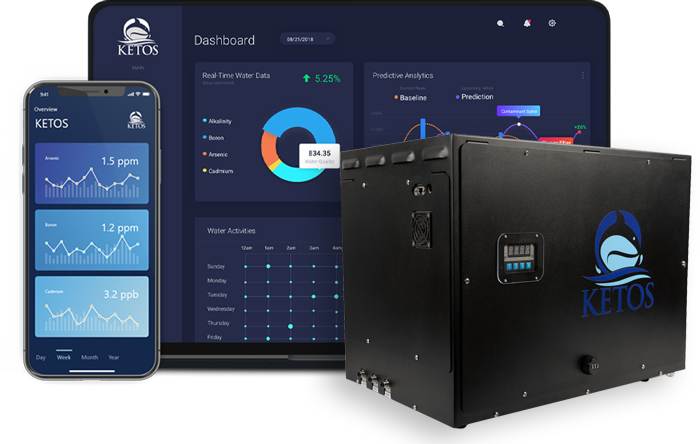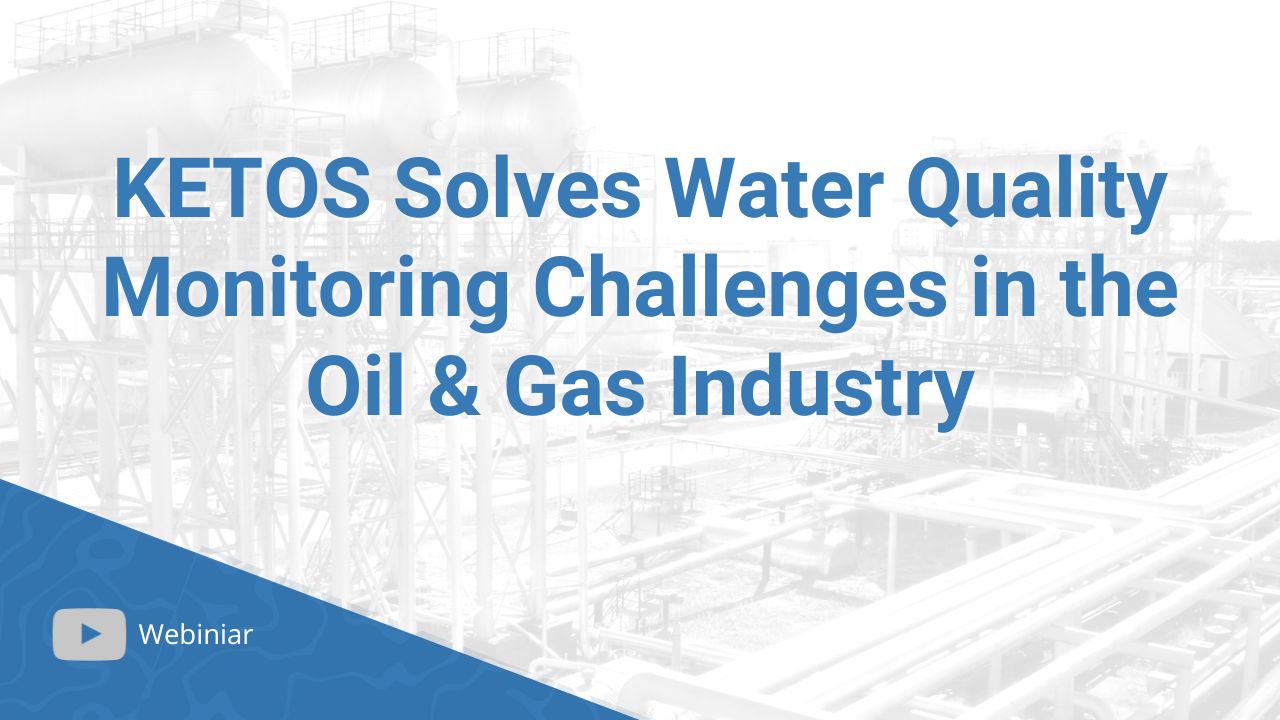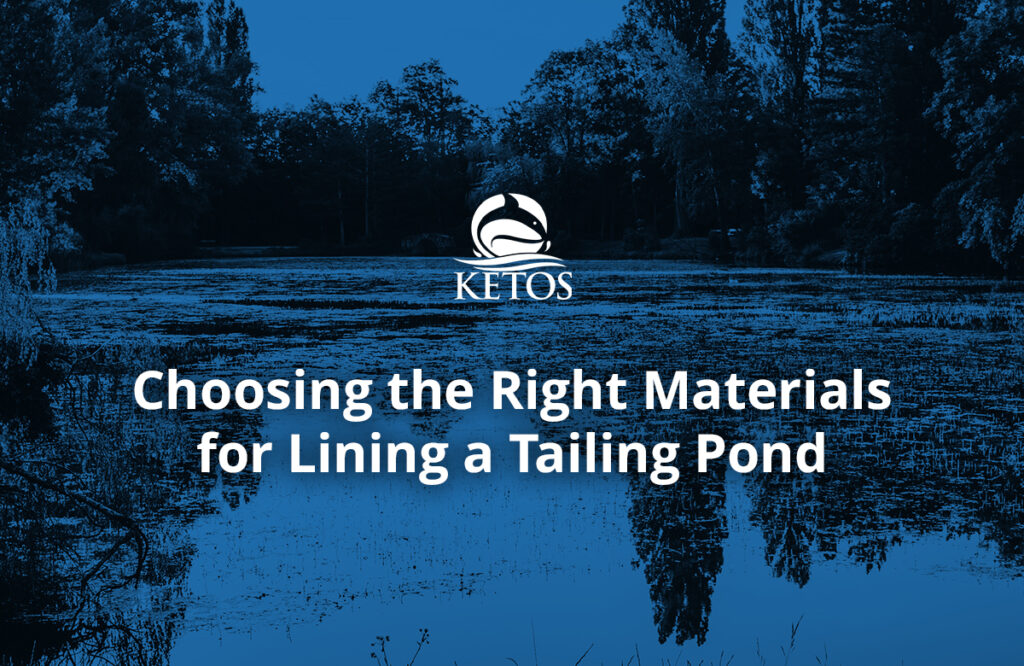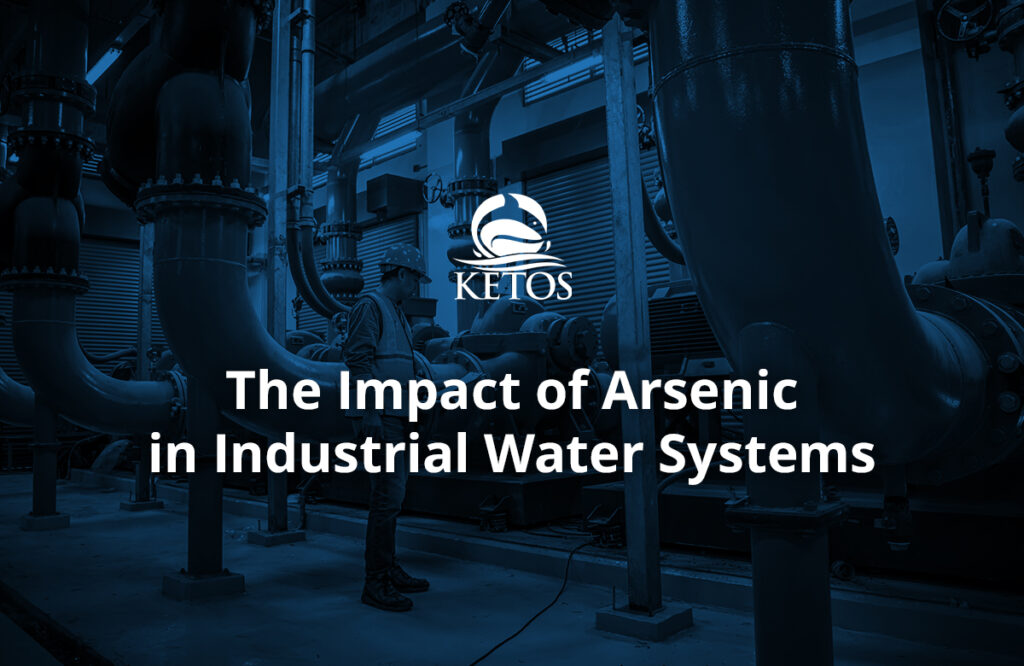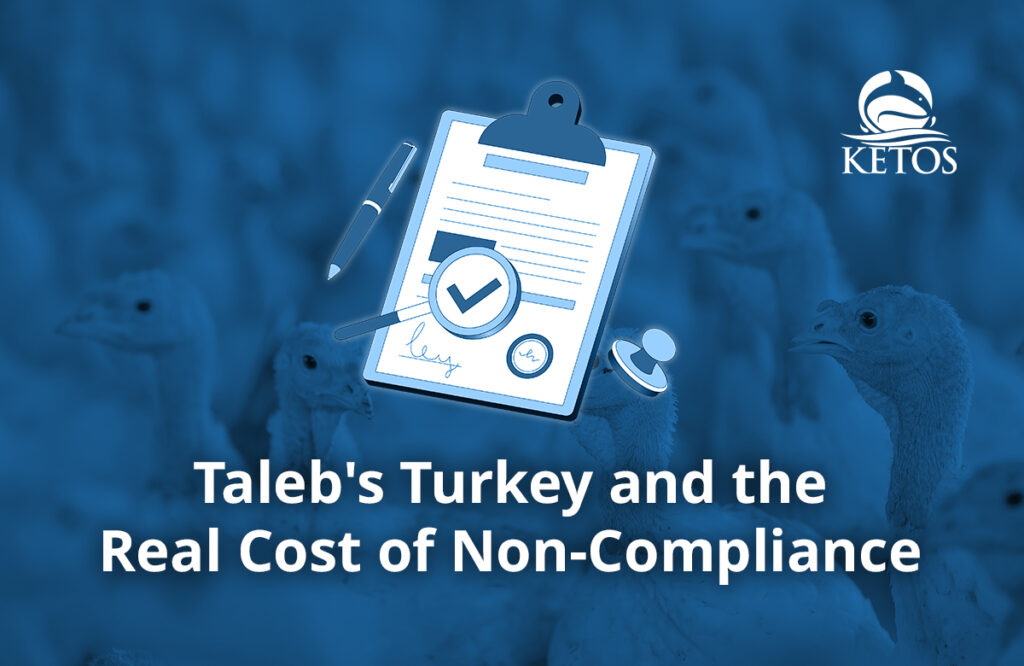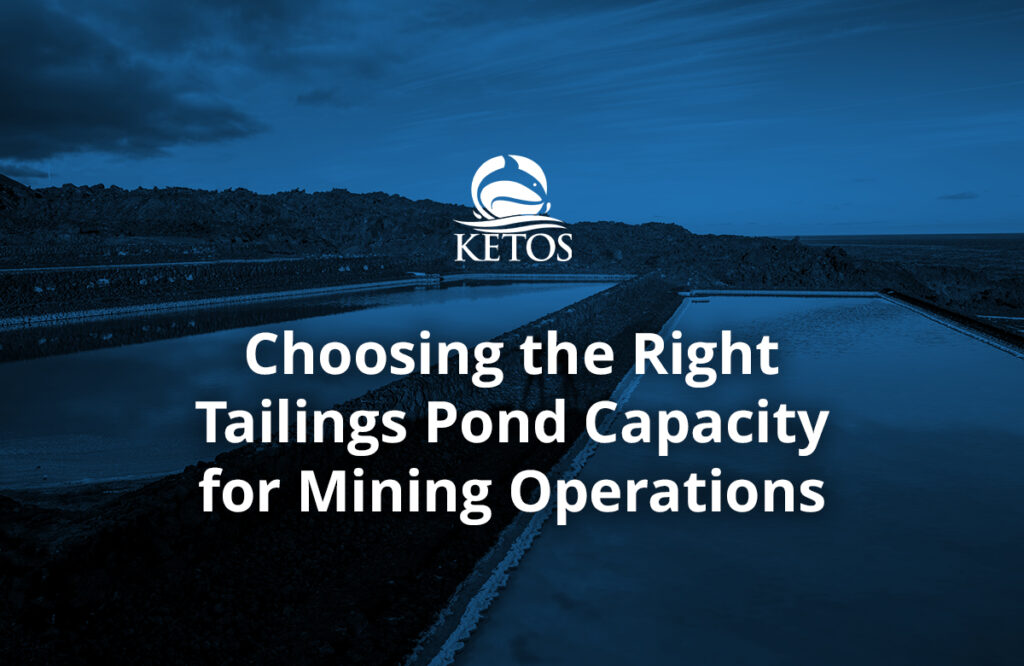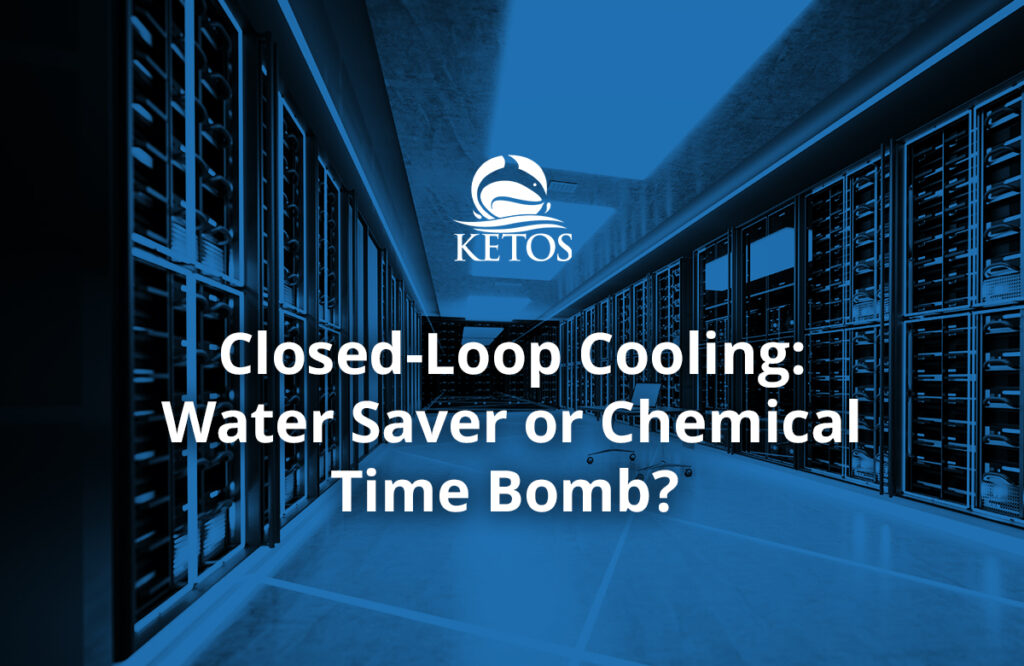Water monitoring for oil and gas has its own unique challenges due mainly to the fact that the water itself is never homogenous. In many other organizations and processes, there may be a general understanding of what the water composition should look like due to the available processes involved. However, water in oil and gas operations can vary dramatically according to the water coming out of the wells (that can be different even if they are right next to each other). The environment and location can change the water chemistry, too, as can the proprietary cocktail of chemicals used for specific fracking operations (which differ from business to business and place to place).
KETOS can help oil and gas companies keep track of their water quality from process to process and well to well. In a recent webinar, Breakwater Energy discussed how KETOS could help them test effectively to stay on top of their water quality across their entire operation. You can watch the full clip here:
A Dramatic Shift in Water Chemistry
Water in oil and gas operations needs constant monitoring for various parameters, including salinity and heavy metals. The challenge is dealing with unique parameters and non-homogeneous mixtures where quality constantly shifts, and testing must often be constant. Many oil and gas operators also need to be aware that, though water may have gone through an oil separation process, there may still be traces that need further removal to protect systems and water quality further down the line. Having a solution like KETOS that can monitor in real-time allows for the flexibility to test regularly and often so that any spikes or dramatic changes in water quality can be caught early and dealt with immediately in a way that was not feasible for operations relying on third-party sampling and testing.
Removing Human Intervention
Another sizeable challenge for oil and gas is leveraging the local workforce. Oil and gas are typically operating in a competitive labor market, and getting the right personnel to handle water testing can be a challenge under existing circumstances. It proved challenging when companies rely on human-generated data (oil and gas companies traditionally needed water quality insights provided by data scientists and third-party labs). On-site, quality control can become a significant issue. Personnel can start taking shortcuts or attempt to do the test in ways they perceive as “better” or “more efficient.” Standardization of methods can become hard to enforce with multiple people involved in the process of field testing. Also, with operations that may cover large geographical areas, the sheer amount of time it takes to sample every well or water source can become daunting.
The KETOS SHIELD removes the need for human intervention. This not only streamlines the process – it standardizes it as well. Each sample is pulled precisely the same way at the same time. Machines are self-cleaning and self-calibrating, which allows the equipment to be in perfect working order for each sample pull and analysis. Lab-accurate results are achieved autonomously on schedule, saving sizeable amounts of human time and capital.
As a modular solution, the KETOS SHIELD can also be placed strategically across an entire oil and gas field. Geographic constraints disappear overnight, and each well can be autonomously monitored 24/7/365 without interruption. Results are uploaded to the cloud in real-time so that operators can view water quality with an immediacy that previously was impossible.
The best part: there’s no longer a lag between when pulling a sample and when on-site (or off-site) data scientists can share essential data points that may affect operations. Fields become more efficient and more aware of the health of their water, wells, and equipment.
Removing Complexity from Water Quality Monitoring in Oil and Gas
With a modular design, autonomous capabilities, and the ability to pull, centralize, and share data in real-time, water operators can leverage more information efficiently and without human intervention. For operations that cover large geographic areas, lab-accurate testing at each well site isn’t just achievable – it’s now also highly cost-effective. By integrating advanced technology into oil and gas water analysis processes, companies can not only streamline operations but also ensure more accurate and timely monitoring of water quality across their extensive networks of well sites.
